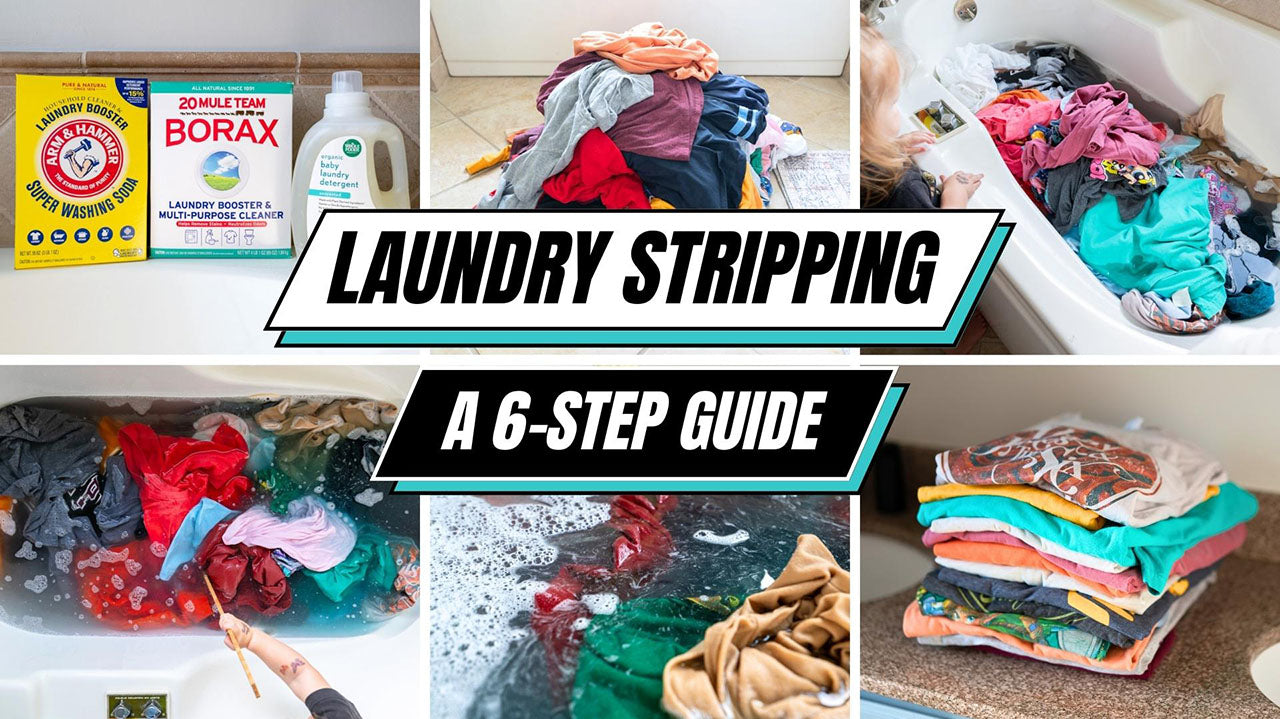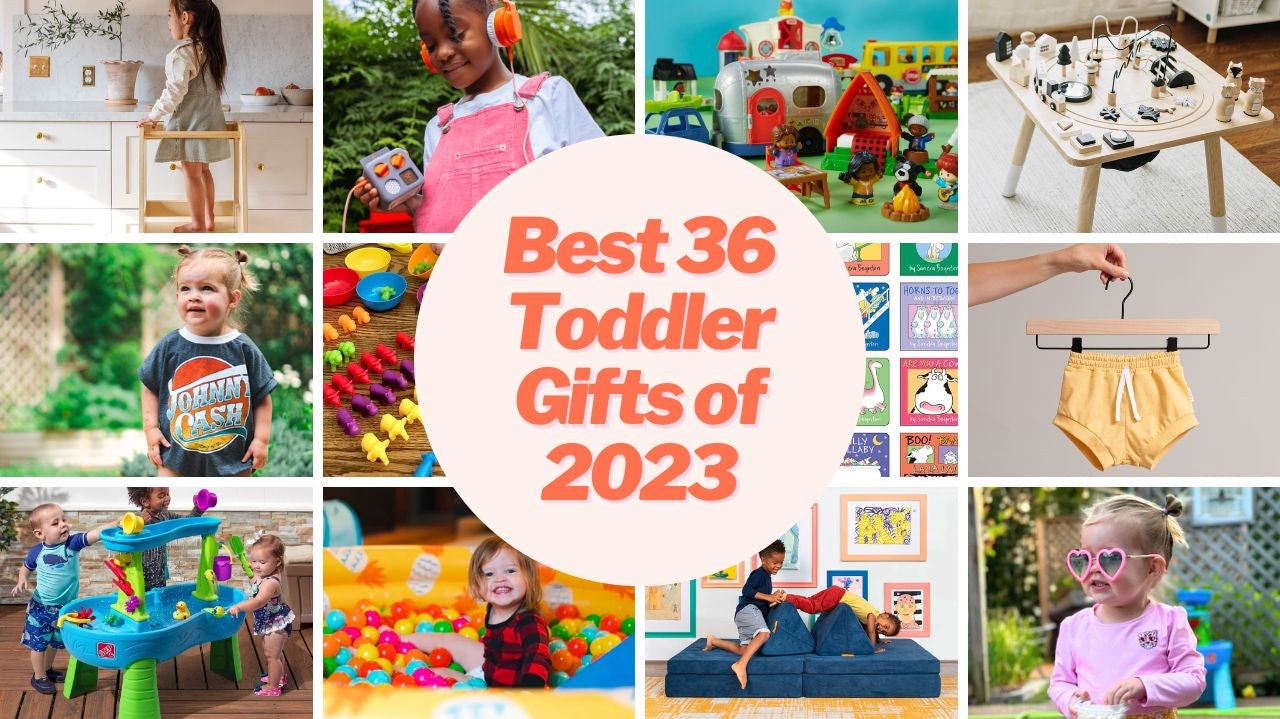
Hey, friends! I'm Katelyn Martin, the founder of JuneJuly--your favorite go-to place for repurposed, unique, and one-of-a-kind children's clothing. I understand that sizing your child's clothes can sometimes seem like a big task, but it doesn't have to be! In this guide, I'll walk you through how to master your kid's clothing size, accurately measure your toddler, child, or baby for clothing, ensuring that perfect fit, no matter the brand.
What You'll Need
To start off, you'll need a flexible measuring tape (like those used for sewing) and a notepad to jot down your measurements. If you don't have a flexible measuring tape on hand, you can use a piece of string or ribbon and any kind of ruler. It's also handy to have your child standing straight and barefoot, for the most accurate readings. Now, let's dive in!

General Measurement Guidelines
1. Chest Measurement
Wrap the measuring tape around the fullest part of your child's chest, under the armpits, and back around. Make sure the tape is flat against their body and not twisted. Note down the number where the tape meets, and there you have the chest measurement.
2. Waist Measurement
Next, measure around the smallest part of your child's waist, just above the belly button. Again, ensure the tape is flat and straight. This measurement will give you an idea about waist sizes for pants, shorts, and skirts.
3. Hip Measurement
For the hip measurement, find the widest part of your child's hips and buttocks. Wrap the measuring tape around this area and record the number.
4. Height Measurement
For height, have your child stand against a flat wall, barefoot with their feet together. Place a book on their head and mark where it meets the wall. Then, measure from the floor to this mark. This will be especially useful when looking at clothing that is sized by height.
Understanding Kids' Clothing Sizes
Now that you have your measurements, it's time to translate these into clothing sizes. Clothing sizes for kids often correlate with age, but remember - children grow at different rates, so it's important to rely more on measurements than age.
In the first two years, children's clothing is sized by monthly ranges. This allows for a lot of wiggle room in sizing, but also doesn't always align with a child's age as expected. Measuring your little ones can help ensure our handmade garments will be a perfect fit!
Typically, toddler sizes range from 2T (for two-year-olds) to 5T (for five-year-olds). These sizes account for the chest, waist, and height measurements you've just taken.
For older children, sizes usually range from 4 to 16. Again, these sizes take into account the chest, waist, and hip measurements, with height playing a lesser role.
Applying Measurements to JuneJuly's Sizing Chart
At JuneJuly, we've simplified our Sizing Chart to ensure a perfect fit for every child. For our one-of-a-kind rompers, shorties, and tshirts, we use typical baby and toddler size ranges, but always recommend referring to our size chart with your child's measurements on hand. Many of our products run slightly larger than typical ready-to-wear clothing from department stores.
Here's a quick guide on how to find the perfect romper size for your little one:
1. Look at the Size Chart
On our website, you'll find our size chart under the 'Size Guide' link. This chart provides a range of measurements for each size, helping you find the best match.
2. Match Your Measurements
Take your child's measurements and compare them to our size chart. For instance, if your child's chest and waist measurements align with the size 3T on our chart, then this is the likely the size you'll need to opt for.
4. Choose the Larger Size in Case of Doubt
If your child's measurements fall between two sizes, it's usually best to choose the larger one. This ensures your child will be comfortable and have room to grow, maximizing the longevity of your JuneJuly piece.
Adjusting for Seasonal Clothing
Remember that seasonal variations and layers might require a size up. For instance, if you’re buying a romper for winter and plan to layer it over other clothes, consider getting a larger size for a comfortable fit.
Final Thoughts
Now that you've got a grip on measuring your child's size and decoding the clothing size charts, shopping for your child should be a breeze! I hope this guide will serve you well, whether you're exploring the unique clothing options we offer at JuneJuly or picking out basics from any other brand.
Sizing may be a small aspect of shopping for your child’s clothing, but it makes a significant difference in ensuring comfort and longevity of wear. Happy measuring and happier shopping!





